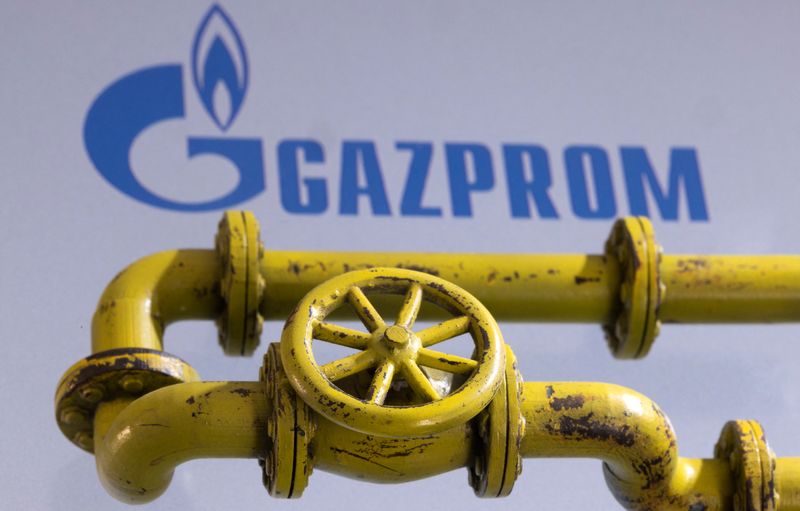By Geoffrey Smith
Investing.com -- Russia tightened the energy screw on Europe again on Wednesday, shutting down the Nord Stream 1 gas pipeline for three days of maintenance.
While the move had been flagged in advance by Gazprom (MCX:GAZP), benchmark European gas futures still rose on the news, gaining to 5.5% by 03:00 ET (07:00 GMT) to trade at 280 euros a megawatt-hour.
Before the stoppage, the pipeline had been shipping at only 20% of its normal level, the result of a dispute over maintenance of a compression turbine that the German government has decried as artificial and politically motivated. The latest stoppage had not been scheduled until recently, and its announcement had been responsible for the spike in gas prices to as high as 342 EUR/MWh.
"There is growing concern that another reduction in supply or a complete cutoff in flows may follow at the end of the week," ING analyst Francesco Pesole said in a note to clients.
Such concerns have risen as Russia itself comes under increasing pressure on the battlefield in Ukraine, where Ukrainian forces have launched a counteroffensive in the southern region of Kherson. Defeat on the battlefield may provide a further incentive to Moscow to try to bring the war to an end by applying more economic pressure on Ukraine's western supporters.
The pipeline is currently the only link bringing Russian gas to Germany, and further complicates the task for Europe's largest economy to prepare for the coming winter heating season.
The country's storage facilities are currently 83.26% full, according to the grid operator Bundesnetzagentur, a level that is actually above the seasonal average, and above the corresponding level at the end of August in four of the last six years.
However, that has only been achieved through a sharp drop in consumption forced on consumers by painfully high prices. Data from the market operator Trading Hub Europe show industrial gas consumption running at around 10%-15% below usual levels over the last four years. While some industries have substituted coal or diesel for their heating processes, others have simply stopped production altogether.
The federal government is aiming to have storage facilities 85% full by the start of October, and 95% full by the start of November when the peak demand season begins.
